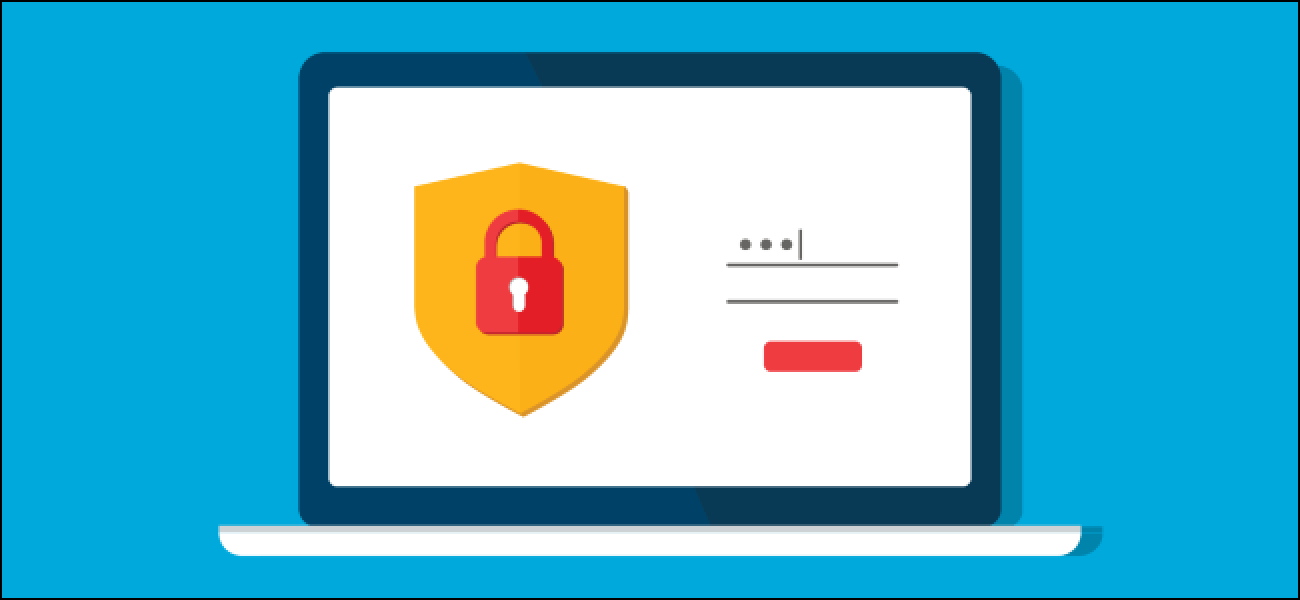4 Of The Best Password Managers You Should Try

Password security has massively seen some improvement in recent years. Businesses require new passwords on a random basis, and you aren’t allowed to get by with just an easy eight-character passcode.
Upper and lowercase letters, numbers, and symbols became the norm, but even that isn’t enough.
You can’t use the identical password for over one account lest you compromise all of them through one breach. And every password has got to be just as secure as the others.
Once you consider all these different scenarios, how are you purported to keep track of it all? The answer is a Password manager.
The software’s like KeePass, LastPass, and 1Password does the diligence out of password security. All you require is a single, secure password to log in to your password manager account. The software takes care of the remaining work.
These software’s generate nearly-unbreakable passwords for every account connected to the password manager, and since you don’t know what these passwords are and their actual identity is encrypted, a hacker can’t break or penetrate to your accounts through your password manager.
In this article, I will take you through 4 of the best password managers you can try.
KeePass
KeePass stands out from tons of the competition for one definite reason: it isn’t cloud-based. Many of the most effective advocates for KeePass debate storing passwords in a cloud, even though a password manager, puts you at risk.
KeePass takes any risk out of the comparison; its database relies entirely on your local drive, although you’ll be able to synchronize it between devices by using services like Dropbox and Google Drive.
KeePass trades on some of the usefulness of other password managers in exchange for total customization and compliance. For instance, the service is open source.
If you compare password managers based wholly on their UI’s attractiveness, KeePass won’t make it to the list. It’s not pretty to look at, but it gives users more control over their passwords and security.
KeePass won’t take you through a step by step procedure when it comes to it’s interface, making it a bit intimidating to people that aren’t as skilled with technology.
If you prefer technology and are pleased working with more complex systems; however, KeePass could be a phenomenal choice.
System Compatibility
- Works with Windows, Mac, Linux, iOS, Android, Chrome, and more
- More customization, but less convenience
- Free
LastPass

LastPass works like other password managers. You only need one master password then it takes care of the rest.
Most preferred of all, once you get the program set up, you can import all of your saved passwords from your various browsers, including unpopular browsers like Opera.
Once you’ve imported these passwords, LastPass gives instructions on how to delete them from your computer. The software also provides two-factor authentication, credit monitoring, and other security features to keep you shielded from all angles.
All of the features mentioned are available in the free version of LastPass, but purchasing the premium version introduces even more features.
The premium version of LastPass allows you to synchronise information between your desktop and mobile devices, which extends the functionality across various devices.
When you study this feature on top of the rest of the alternatives, it’s hard to go wrong.
The one downside to staying in mind is that LastPass has undergone security breaches in the past. Still, the corporate has done a precise job since then to intensify and eliminate any other vulnerabilities.
System Compatibility
- Compatible with Windows, Mac, Linux, Chrome
- Free option and Premium
- Has had security vulnerabilities in the past
1Password
1Password does more than just a password manager. While it stores your username and password, it also presents a password generator that generates secure login information immune to the dictionary and brute force attacks.
1Password also includes a monitoring feature that watches for attacks on famous websites and warns you of any discovered, ongoing hack.
It also comes with a digital wallet that lets users store data, and also the developers have proposed a bounty to anyone that may bypass its encryption. This manifest to the fact that they have confidence in their service.
1Password comes with only premium version but comes with a low cost of $2.99 per month. You’ll be able to save a couple of dollars by subscribing to the subscription fee annually.
While the software used to charge a one-time fee upon subscription, the monthly price also provides access to all of the features for as long as you subscribe.
You don’t have to worry, if you cancel your subscription, your data will still be safe.
You’ll be able to synchronise your saved information between devices through any method convenient to you, but the program specifically lists compatibility with Dropbox and iCloud.
System Compatibility
- Works with Windows, Mac, iOS, Android
- Requires a monthly subscription of $2.99
- Monitoring features keep you informed of ongoing security breaches
Dashlane
Dashlane could also be the closest competitor to LastPass in terms of features, but one dazzling downside that takes points off, it’s overall rating: the cost.
Dashlane sells between $40 to $60 annually by subscription. Notwithstanding its feature-packed free version, the paid version comes with most features that make the password manager absolutely useful like syncing across devices.
Dashlane comes with a password generator, a virtual wallet, and secured auto-fill features.
System Compatibility
- Works with Windows, Mac, various browsers
- Higher yearly price
- Similar to LastPass in many ways
Conclusion
In recent times, hacking has been on the increase and Privacy has day-by-day shaken. Data breaches all over the internet and it lives us with one question, are we safe?
With a proper and secured password managers, Yes we are safe. In this post I have provided four of the best password managers you can try with.
